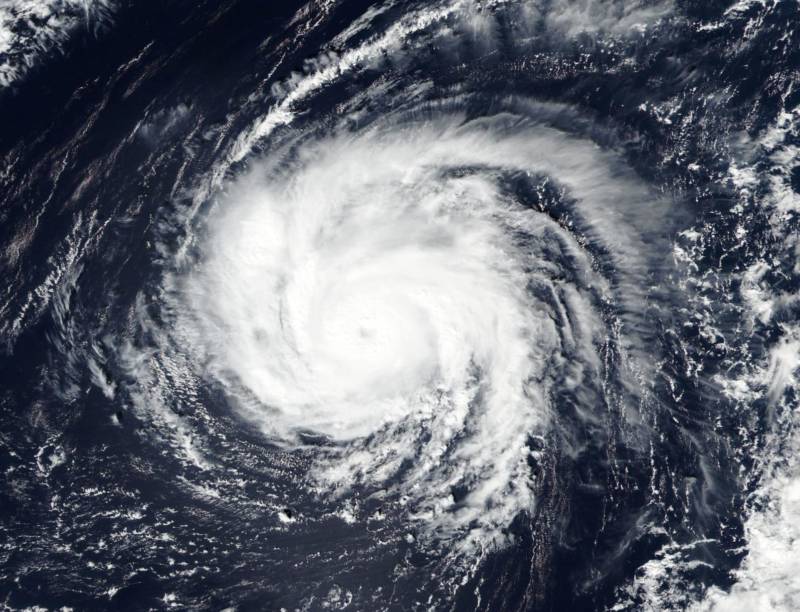The Bay Area is in for its first rain of the season starting late Thursday, the beginning of a wet weekend driven in part by a rich plume of atmospheric moisture delivered to the Pacific Northwest and Northern California by the weakening remnants of a powerful Pacific typhoon.
The National Weather Service's Bay Area office in Monterey says rain should begin falling in northern Sonoma County late tonight as a cold front begins moving through the area. Precipitation will reach the central Bay Area around dawn Friday -- in time to slow down the morning commute -- and sweep into the South Bay by midday.
Scattered showers are expected to persist across the region Friday and Saturday before a second system moves through the region late Saturday into Sunday. The second system will be connected to a very strong storm -- formerly known as Typhoon Songda -- expected to hit the coast of northern Oregon and southern Washington state on Saturday.
Both storms are expected to bring exceptionally heavy rain and dangerously high winds to much of the Pacific Northwest.
The impact in the Bay Area is expected to be gentler, with periods of gusty winds and total rainfall by the end of the weekend ranging from 3 inches for the "usual suspect" locations in the coastal hills of northern Sonoma County -- yes, we're looking at you, Venado -- to three-quarters of an inch or so in San Jose and other lowland South Bay locales.
The storms far to the north and west will also generate big waves, prompting Bay Area forecasters to issue high surf and coastal flood advisories from Monterey Bay north to the Mendocino County line.
The National Weather Service says some weather models have suggested the possibility of a period of prolonged heavy rains in the Santa Cruz Mountains from late Saturday into Sunday. That would raise concerns about debris flows in the area of last month's Loma Fire.
Northwestern California, the state's wettest corner, could see more than a foot of rain in the Coast Range through the middle of next week.
The main impact of the first storm in the Sierra Nevada will be very high winds, with 125 mph gusts forecast over the Sierra ridges and 3- to 6-foot waves predicted for Lake Tahoe. Snow levels are expected to start out at about 9,000 feet, dropping to 7,000 feet late in the weekend.
Precipitation forecasts from the California-Nevada River Forecast Center show 7 to 8 inches of rain falling in the mountains above the state's two largest reservoirs, Shasta Lake and Lake Oroville.
As weather history fans up and down the West Coast are noting, the region has had some historic encounters with storms driven by remnant typhoons.
In 2009 -- exactly seven years ago today -- the remains of Typhoon Melor barged into California packing high winds and bringing a full-on deluge. Fifteen inches of rain fell in the Santa Lucia Range along Big Sur, and 10 inches fell in the Santa Cruz Mountains.
By far the best known of the October tempests, though, is the Columbus Day Storm of 1962, which had its origins in Typhoon Freda.
In the Bay Area, that event is remembered chiefly for forcing a three-day postponement of World Series Game 6 between the Giants and Yankees.
In the Pacific Northwest, gusts reached 83 mph in Seattle, 127 mph in Oregon's Willamette Valley and -- yes, people say this really happened -- 160 mph along the Washington coast.
